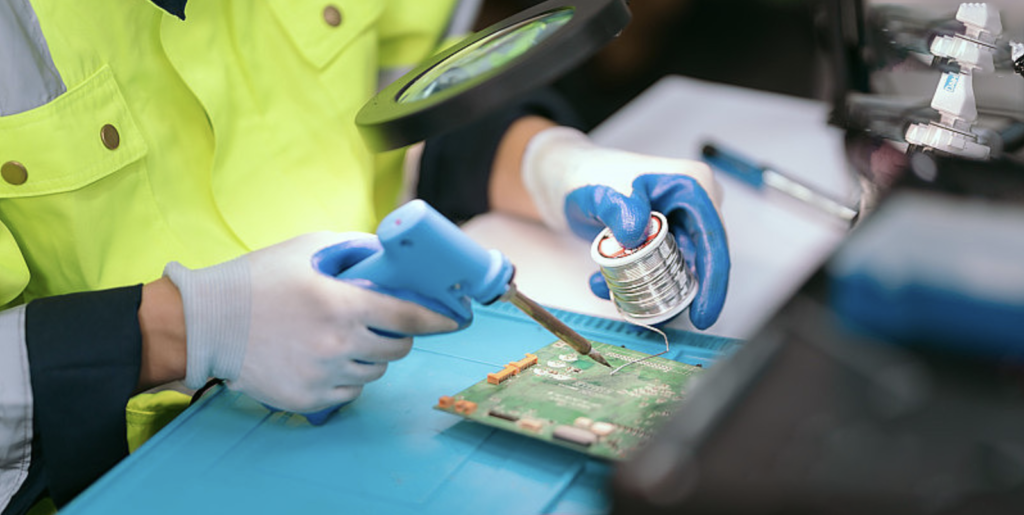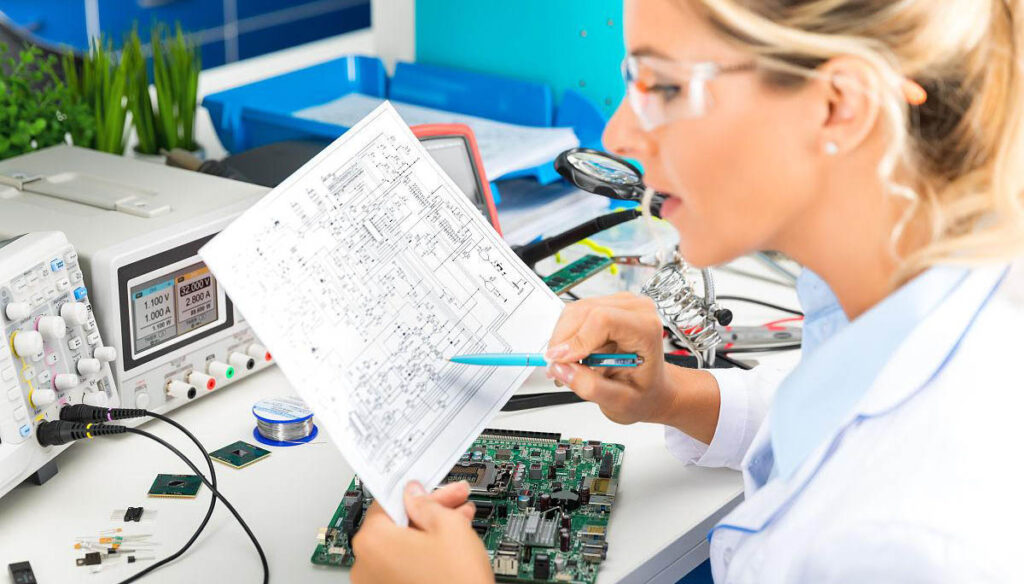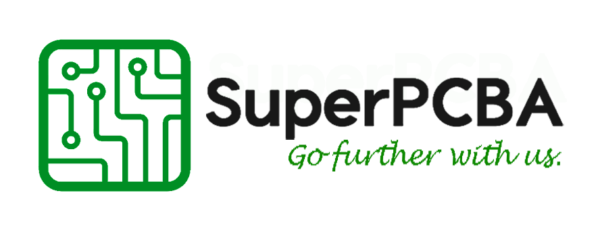As an engineer at SuperPCBA, I am honored to present this article on control board prototyping with professional enthusiasm. In the realm of electronic manufacturing, the design and prototyping of control boards are crucial steps to ensure product performance and stability. In this article, we will delve into the principles of control board prototyping and highlight key considerations throughout the prototyping process, aiming to provide comprehensive guidance to ensure the perfect realization of your control board design.
The prototyping process of control boards not only involves the validation of product functionality but also impacts the overall success of the product lifecycle. SuperPCBA has always upheld exceptional quality standards and an ethos of efficient service, providing customers with reliable electronic manufacturing solutions.
Five Principles of Control Board Prototyping

Control board prototyping serves as a vital step for both manufacturers and clients to validate product designs, rectify errors before mass production, shorten product development cycles, finalize product details, and test product performance. Therefore, control board prototyping is a crucial step for both manufacturers and clients alike.
So, how can we excel in the process of control board prototyping? Based on practical production experiences and client communications at the factory, I have summarized the following five principles:
- Market Positioning Analysis: It is essential to conduct market positioning analysis for electronic product development. Different market strategies determine different product developments. For high-end electronic products, strict material selection and packaging processes are necessary to simulate the actual mass production process as closely as possible. For very common electronic products with mature solutions, appropriate concessions can be made at the prototype stage, including the use of alternative materials.
- Speed Over Cost Principle: Control board prototyping must prioritize speed over cost. From outsourcing the design scheme to receiving PCB samples, it typically takes five to fifteen days. If not managed well, this time frame could extend to a month. Any delays caused by human factors will have a significant negative impact on project progress. To ensure that we receive PCB samples within five days, we need to select electronic manufacturing suppliers with good manufacturing capabilities, strong cooperative relationships, a focus on quality and service, and may even need to pay a certain prototyping fee from the design stage.
- Standardized PCB Design: The design scheme of the control board must adhere to standards as much as possible. For example, retain markings for heatsink holes in the circuit board design. Handle the materials in the BOM list routinely for silk screen printing and clearly label them. This can significantly reduce communication time with PCB manufacturers and prevent unclear design scheme markings due to production errors.
- Consideration of Logistics Risks: In PCB packaging, PCB manufacturers must provide secure packaging, such as bubble bags and pearl cotton, to prevent circuit board collision and damage.
- Maximization Principle of PCB Prototyping Quantity: When determining the quantity of PCB samples, the maximization principle should be adopted. Project managers, product managers, general managers, and even marketing personnel may require samples. Additionally, the risk of burning boards during testing must be fully considered. Therefore, it is generally recommended to produce more than ten samples.
The production of PCB samples is based on quality and speed. Effective communication with PCB manufacturers is essential. When electronic product companies grasp these concepts, they can gradually form stable cooperative relationships and good design habits, thereby promoting the smooth progress of projects.
Key Considerations for Control Board Prototyping

In addition to adhering to the five principles mentioned above, several key considerations must be taken into account during the control board prototyping process. These considerations are crucial to ensuring a smooth prototyping process, obtaining accurate validation data, and ensuring the success of subsequent large-scale production. Here are some important aspects to pay attention to:
- Design Validation and Review:
- Ensure meticulous validation of the control board’s circuit design.
- Utilize simulation tools for circuit verification, checking the accuracy of circuit diagrams and PCB layouts.
- Component Selection and Availability:
- Ensure selected components are readily available, avoiding potential supply chain issues.
- Carefully choose components to meet performance and reliability requirements.
- PCB Manufacturing and Material Selection:
- Select a reputable PCB manufacturer capable of providing high-quality rapid prototyping services.
- Choose appropriate PCB materials, considering factors such as electrical performance, thermal characteristics, and mechanical strength.
- Solder Mask Design:
- If the control board design includes solder mask areas, ensure accurate design and marking for proper panel cutting.
- Rapid Prototyping Manufacturing:
- Choose a well-regarded rapid prototyping service provider to deliver high-quality samples within a short timeframe.
- Confirm the PCB manufacturing and assembly processes of rapid prototypes align with the control board’s design requirements.
- Hardware-Software Coordinated Verification:
- Ensure seamless collaboration between hardware and embedded software during the prototyping process.
- Conduct initial hardware functional testing and embedded software validation to verify the fundamental operation of the entire system.
- Testing Plan:
- Develop a detailed testing plan, including electrical performance tests, signal integrity tests, power consumption tests, etc.
- Ensure testing equipment and tools are prepared for comprehensive control board testing.
- Troubleshooting and Debugging:
- Be prepared for troubleshooting and debugging during the prototyping process.
- Record and analyze any issues discovered during prototyping, promptly making modifications and improvements.
- Document Backup and Version Control:
- Prior to prototyping, back up all relevant design files, ensuring clear documentation records.
- Implement version control for both hardware and embedded software, facilitating traceability and management.
- Compliance and Certification:
- Consider whether the control board design complies with relevant standards and certification requirements.
- If electromagnetic compatibility (EMC) or other issues are involved, ensure the corresponding testing and certification plans.
By carefully considering these aspects, the success rate of control board prototyping can be increased, ensuring a smoother subsequent large-scale production process.
Conclusion
Through this article, we aim to provide you with a deeper understanding of the key considerations and principles involved in the control board prototyping process. SuperPCBA is committed to being your long-term partner in control board prototyping and design. If you have any questions or collaboration needs in control board prototyping or other related fields, we sincerely invite you to contact us at any time. The SuperPCBA team is dedicated to providing professional and efficient services to help you successfully translate your electronic product concepts into reality.
Let us work together to ensure the success of your control board design!



